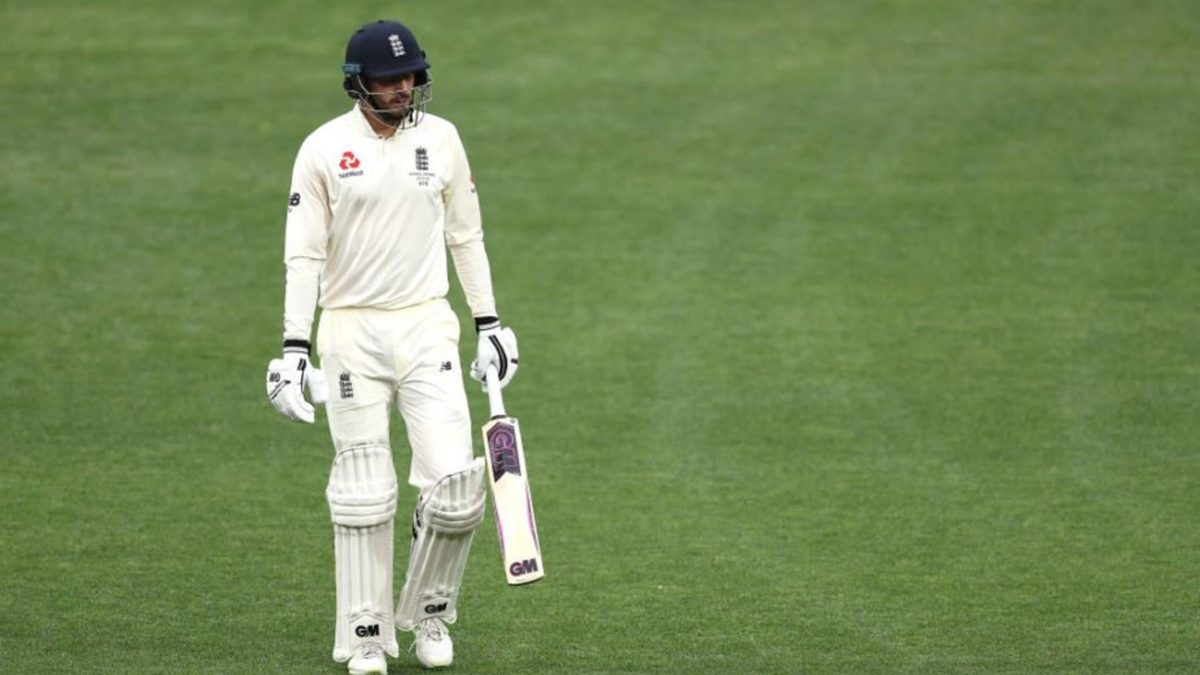
Lawrence Booth is editor of Wisden Cricketers’ Almanack and a cricket writer for the Daily Mail.
The basic fact can get lost amid the pre-series verbiage, but one of the fascinations of the Ashes has always been its clash of systems. Who, then, produces the more hardened Test cricketers: the County Championship or the Sheffield Shield?
History says the Shield. Australia have beaten England 140 times, and lost 108. This ought not to come as a great surprise: a system involving six state sides prizes quality over quantity; one involving 17 or 18 counties threatens to do the opposite. It should hardly be controversial to point this out, yet still people get touchy.
Indeed, at the risk of further enraging advocates of the English domestic game, the Ashes wins of 2005 and 2009 both involved hundreds in the final Test at The Oval from batsmen born and bred in South Africa, which said more about geopolitics than it did about county cricket.
This is all relevant as we await Thursday in Brisbane, where – tropical downpours permitting – it won’t merely be England’s Test team on trial. So too will our first-class structure, which has proved notoriously poor in recent years at producing batsmen capable of dipping their toe in cauldrons such as the Gabba and not recoiling at the first twinge.
Since Joe Root made his precocious debut at Nagpur in December 2012, only three other England players have averaged 40 or more: Alastair Cook (who has averaged 41, significantly lower than his career figure), Jonny Bairstow (just), and Haseeb Hameed (who averaged 43 in India a year ago but is now back in the county ranks).
Other cricketers of substance have emerged, of course: Ben Stokes, Moeen Ali, Chris Woakes. But it is England’s frontline batting that keeps being exposed, and a total of four players in five years – one of them already a veteran, another quickly made to look like a rookie – is not a recipe for long-term success. Thank goodness, you might think, for the bowlers.
Shaun Marsh – whose capacity for comebacks is now in Frank Sinatra/Mark Ramprakash territory
The length of the list of those who have come and gone, or are still trying to make it, does not suggest a thriving system. It’s so long, in fact, that we’ll dispense with first names to save space. And so, in order of batting average: Buttler (31), Robson (30), Stoneman (30), Taylor (29, though we’ll never know what might have been), Carberry (28, though almost exclusively against Mitchell Johnson), Hales (27), Compton (26), Jennings (24), Westley (24), Malan (23), Lyth (20), Vince (19), Duckett (15).
This isn’t to say Australia is inundated with top-class batsmen. The last-minute selection of Cameron Bancroft hints at panic, and the recall of Shaun Marsh – whose capacity for comebacks is now in Frank Sinatra/Mark Ramprakash territory – seems designed to boost English confidence. As for Tim Paine, your guess is as good as mine.
But Australia’s dilemma is all the more noteworthy for being so unusual. Remember the days when Darren Lehmann, Stuart Law, Jamie Cox and Martin Love couldn’t get into their Test team? England have rarely been unable to leave gems on the bench.
For all the investment into county academies, their conveyor belt of batsmen is in danger of moving backwards. When they won in Australia in 2010-11, they had a top seven to make grown men drool: Cook, Strauss, Trott, Pietersen, Collingwood, Bell, Prior. Even in 2013-14, when they lost 5-0, it was pretty good.
This time, though, the selectors have done little more than cross their fingers. James Vince will bat at No 3, despite responding to being dropped by England in 2016 by averaging just 32 for Hampshire in 2017. Dawid Malan survived mainly because Tom Westley didn’t. And if you think Gary Ballance is the answer, there’ll be no one telling you to get to the back of a long queue.
It says something when Mark Stoneman feels like the banker. But at least there is a little logic. Either for Durham or Surrey, Stoneman has passed 1,000 championship runs in each of the last five seasons, and is precisely the kind of player the system is designed to promote. As much as anyone, he will be county cricket’s bellwether in the 2017-18 Ashes.
If you think Gary Ballance is the answer, there’ll be no one telling you to get to the back of a long queue
Root is not daft. I interviewed him recently for the first issue of the new Wisden Cricket Monthly, and his perspective on England’s batting struggles was an object lesson in taking the positives – a process now written into every central contract.
It boiled down to this: the state of flux is crying out for solidity, so what a great chance for an England player to make a name for himself! It’s a decent rallying cry, though perhaps easier issued than executed. Not since Chris Broad hit three hundreds in 1986-87 has an England batsman built his reputation on an Ashes tour alone.
If Stoneman or Vince or Malan can follow suit, their captain will be grateful. And so will county cricket.








